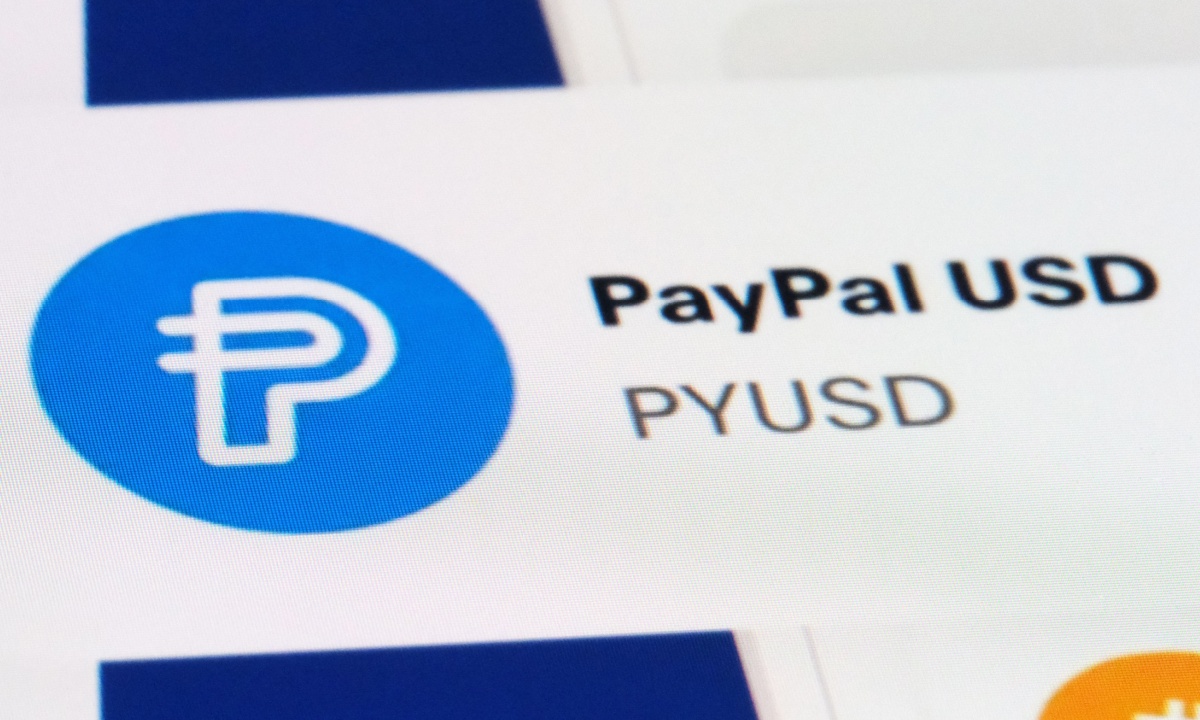Bussiness
PayPal Makes First Business PYUSD Payment as Stablecoins Surge | PYMNTS.com

PayPal has reportedly completed its first business payment with its in-house stablecoin.
This was done to show how digital currencies could be used to improve upon what are often muddled commercial transactions, Bloomberg News reported Thursday (Oct. 3), citing interviews with company officials.
The payment — PayPal did not disclose the amount — was to accounting giant Ernst & Young on Sept. 23 using PYUSD, the stablecoin the firm launched in 2023, using an SAP SE platform to complete the transaction. Stablecoins are digital assets pegged to the U.S. dollar.
“The enterprise environment is very well-suited for it,” Jose Fernandez da Ponte, PayPal’s senior vice president of blockchain, cryptocurrency and digital currency, told Bloomberg. “It’s a very rational conversation to have with the CFO.”
The news comes as stablecoins have been growing in prominence in the FinTech world, in part due to their stability, as PYMNTS wrote late last month.
“Unlike cryptocurrencies such as bitcoin and ethereum, which despite their prominence in the crypto space remain known primarily for their price volatility, stablecoins are designed to maintain a stable value, making them ideal for a range of financial applications,” that report said.
“FinTechs around the world have taken notice of stablecoin’s ability to offer the benefits of digital currencies without the volatility of cryptocurrencies.”
Among them is the U.K.’s Revolut, which is reportedly on the way to create its own stablecoin, while PYUSD is now one of the largest stablecoins in the world, with a market capitalization exceeding $715 million as of Thursday afternoon.
In bypassing traditional banking systems and intermediaries, stablecoins can lower transaction costs and settlement times, making them especially appealing for FinTechs that wish to overcome the challenge of better global payments.
“Traditional cross-border payments still have a lot of issues with transparency and cost. To get the experience to a 10, it should be — at least from a user experience perspective — like using Venmo: You find the recipient, you pick a currency to send to them, and they instantly have those funds,” Sheraz Shere, GM payments and commerce at Solana Foundation, told PYMNTS.
“Blockchain solutions and stablecoins, I don’t like to use the term crypto because this is more about FinTech, they’ve found product-market-fit in cross-border payments,” Shere said.








